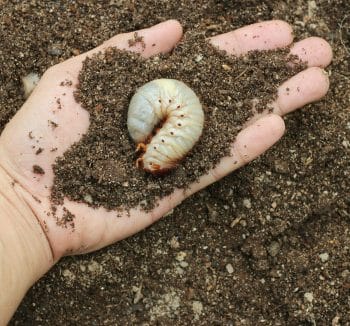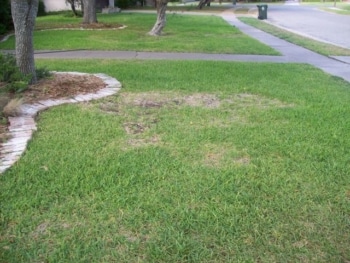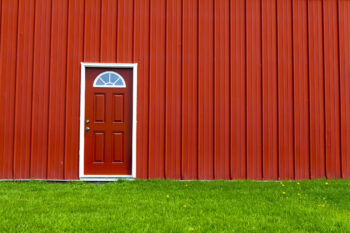 Despite their names, grub worms are actually the larvae of a few different kinds of beetles. Depending on the region you live in, this would include Japanese beetles, European chafers, and June bugs. Indeed, grub worms are not actually a single species, but rather a common term for beetle larvae that damage grass by feeding on its roots.
Despite their names, grub worms are actually the larvae of a few different kinds of beetles. Depending on the region you live in, this would include Japanese beetles, European chafers, and June bugs. Indeed, grub worms are not actually a single species, but rather a common term for beetle larvae that damage grass by feeding on its roots.
Grub worms typically hatch in the summer, and they reside largely beneath the surface of a yard’s soil. As they grow, they subsist mainly on roots, which is what makes them problematic. While the adult forms of these insects might be harmless (if not a bit annoying at times), it’s the larvae that threaten the health of a lush green turf.

With fat, C-shaped bodies that are typically milky in color and around 1-2 inches long, hungry grub worms will create dry patches in your lawn. Large, amorphous expanses of dying grass that don’t respond well to watering, overseeding, etc. are a fairly sure sign of grub worms.
The trick is, other pests- such as chinch worms- can cause a similar pattern in affected grass, so it is important to know how to determine what you are dealing with. If 5 or more grub worms are identified in a square foot of lawn (dug up for inspection), then it is time to take action.
Ryno Lawn Care, LLC is prepared to assist any homeowner in addressing an infestation of grub worms. With careful and thorough extermination methods that target both eggs and larvae, our experts hold the health and beauty of your lawn as their top priority.




